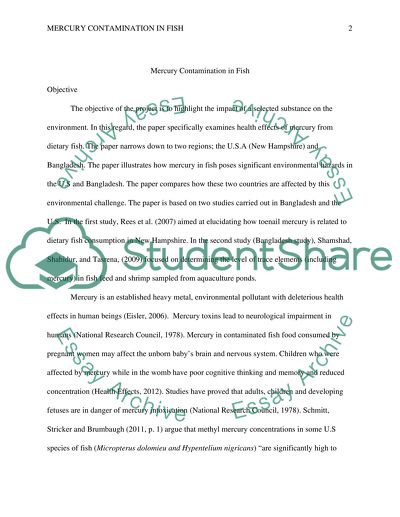Cite this document
(“Mercury Contamination in Fish Research Paper Example | Topics and Well Written Essays - 1000 words”, n.d.)
Retrieved from https://studentshare.org/environmental-studies/1445839-mercury-in-fish-international-bangladesh-vs
Retrieved from https://studentshare.org/environmental-studies/1445839-mercury-in-fish-international-bangladesh-vs
(Mercury Contamination in Fish Research Paper Example | Topics and Well Written Essays - 1000 Words)
https://studentshare.org/environmental-studies/1445839-mercury-in-fish-international-bangladesh-vs.
https://studentshare.org/environmental-studies/1445839-mercury-in-fish-international-bangladesh-vs.
“Mercury Contamination in Fish Research Paper Example | Topics and Well Written Essays - 1000 Words”, n.d. https://studentshare.org/environmental-studies/1445839-mercury-in-fish-international-bangladesh-vs.


